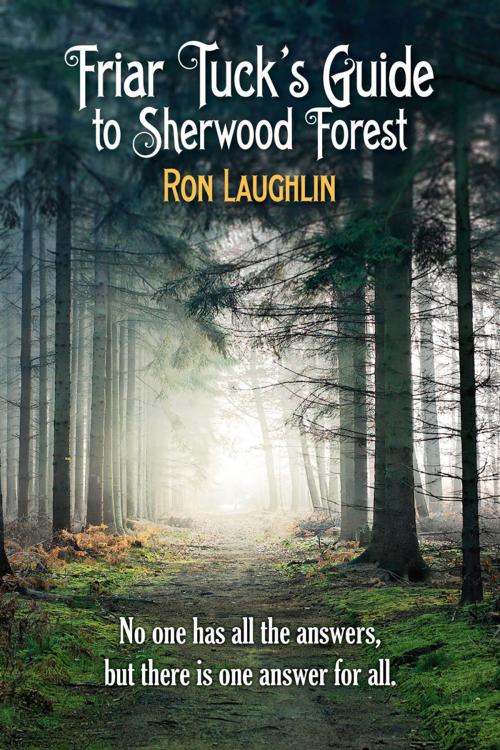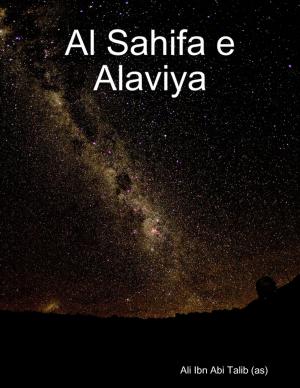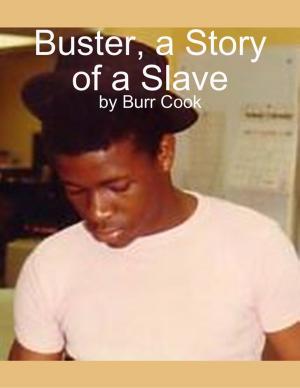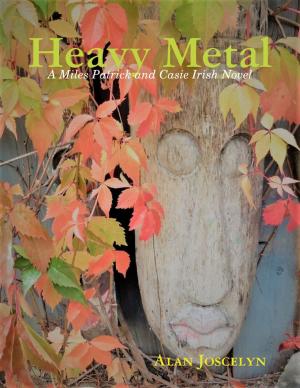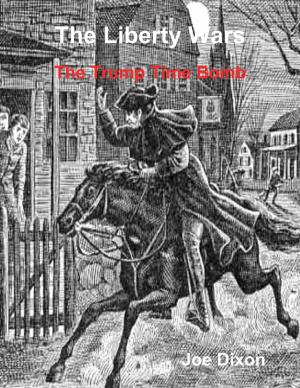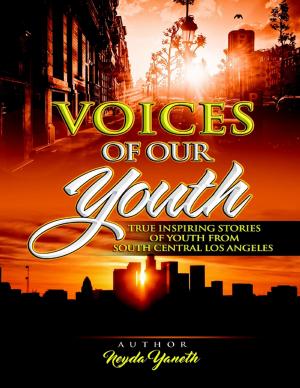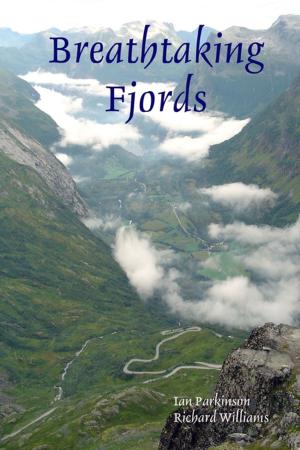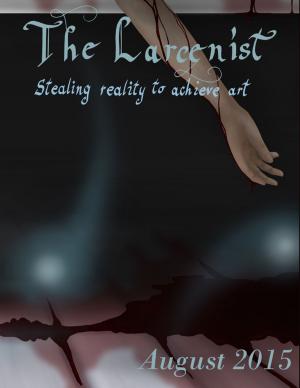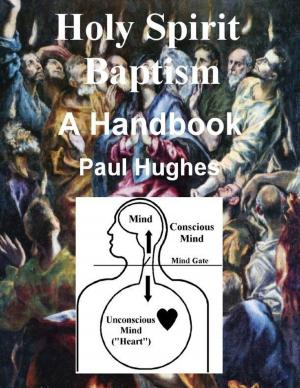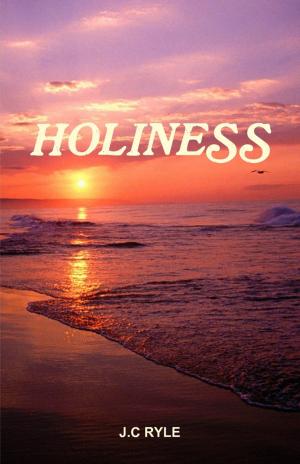Friar Tuck's Guide to Sherwood Forest
No one has all the answers, but there is one answer for all
Nonfiction, Religion & Spirituality, New Age, Mental & Spiritual Healing| Author: | Ron Lauglin | ISBN: | 9781447759591 |
| Publisher: | Lulu.com | Publication: | June 24, 2011 |
| Imprint: | Language: | English |
| Author: | Ron Lauglin |
| ISBN: | 9781447759591 |
| Publisher: | Lulu.com |
| Publication: | June 24, 2011 |
| Imprint: | |
| Language: | English |
A Message from the Author Somewhere in the minds of modern men and women there is raised the question of the plausibility of our origin. What have been our true beginnings? Were we made from God as the bible says? Were we formed from the slime over eons and eons of time which brought us to our present level? Were we colonized and taught by visitors from outer space? Each theory has its staunch opponents and proponents. Both sides vehemently able to stimulate a respectable amount of public opinion. It is with this in mind I wish to convey a somewhat different approach to these theories and with proper dissection give justification to some and refute others. Time seems to be the tenuous link where theologians, archaeologists, and scientists principally disagree. Theories advanced by each group are based upon the sparsest of true knowledge. The archaeologist may create an entire civilization by virtue of a few remnant artefacts. The scientist may disagree wholeheartedly with many theories because he cannot "physically" touch the fact. The theologian accepts much on "blind faith". Each has its own merit. None on their own give the total answer unequivocally. In reference to this book let me just briefly convey what the title, the table of contents, and the text represent as they are implied in words and phrases. Each chapter in the table of contents has a brief description under its heading to give it the real meaning of what is being introduced. The idea of the text is to allow you, the reader, the privilege of understanding without having to interpret the author's writing. It is used to give you the opportunity to question. New questions perhaps that may give you new insights. It is a book that should give you, in the end, more questions than answers. The answers given within are there to stimulate your thinking processes, make you question what you may have before taken for granted or overlooked. Friar Tuck was used as the Guide because I felt no one would feel intimidated by this character. He represents good but not without all the human foibles we each demonstrate in our average lifestyle. He enjoys life and is held in high esteem for his honesty and integrity. He does not apply guilt or judgement, or become overbearing and pompous with his answers. Sherwood Forest is life itself as we live it, all the twists and turns, the known and the unknowns. The Traveller is all of us wandering blindly through life having been put off once too often letting cynicism lead the way. I hope you open your minds without prejudice or forethought. Pay as much attention to the questions as to the answers. Perhaps at the end of the book a new direction of thought will prevail and you will be guided upon a new path of understanding or new questions that will help in understanding. Signed, The Author
A Message from the Author Somewhere in the minds of modern men and women there is raised the question of the plausibility of our origin. What have been our true beginnings? Were we made from God as the bible says? Were we formed from the slime over eons and eons of time which brought us to our present level? Were we colonized and taught by visitors from outer space? Each theory has its staunch opponents and proponents. Both sides vehemently able to stimulate a respectable amount of public opinion. It is with this in mind I wish to convey a somewhat different approach to these theories and with proper dissection give justification to some and refute others. Time seems to be the tenuous link where theologians, archaeologists, and scientists principally disagree. Theories advanced by each group are based upon the sparsest of true knowledge. The archaeologist may create an entire civilization by virtue of a few remnant artefacts. The scientist may disagree wholeheartedly with many theories because he cannot "physically" touch the fact. The theologian accepts much on "blind faith". Each has its own merit. None on their own give the total answer unequivocally. In reference to this book let me just briefly convey what the title, the table of contents, and the text represent as they are implied in words and phrases. Each chapter in the table of contents has a brief description under its heading to give it the real meaning of what is being introduced. The idea of the text is to allow you, the reader, the privilege of understanding without having to interpret the author's writing. It is used to give you the opportunity to question. New questions perhaps that may give you new insights. It is a book that should give you, in the end, more questions than answers. The answers given within are there to stimulate your thinking processes, make you question what you may have before taken for granted or overlooked. Friar Tuck was used as the Guide because I felt no one would feel intimidated by this character. He represents good but not without all the human foibles we each demonstrate in our average lifestyle. He enjoys life and is held in high esteem for his honesty and integrity. He does not apply guilt or judgement, or become overbearing and pompous with his answers. Sherwood Forest is life itself as we live it, all the twists and turns, the known and the unknowns. The Traveller is all of us wandering blindly through life having been put off once too often letting cynicism lead the way. I hope you open your minds without prejudice or forethought. Pay as much attention to the questions as to the answers. Perhaps at the end of the book a new direction of thought will prevail and you will be guided upon a new path of understanding or new questions that will help in understanding. Signed, The Author
